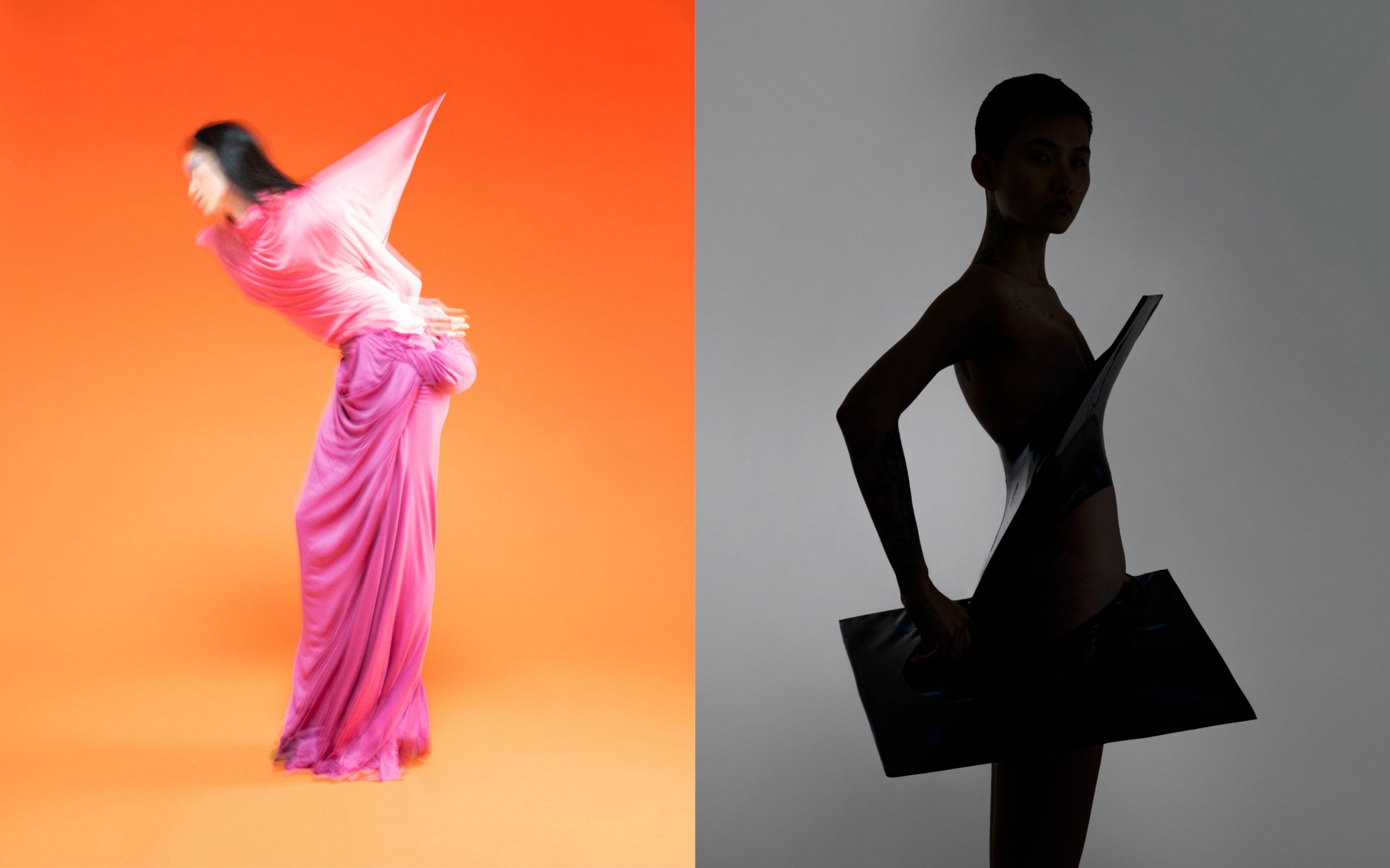Usually, when the students of Central Saint Martins’ prestigious BA Fashion Communication degree graduate, the world’s eyes fall on their work by way of an exhibition. This year, though, for reasons you’re by now more than well aware of, the course’s cohort had to forego their usual physical show. In its place, however, they were offered an opportunity that most students straight out of school could only ever dream of: the chance to display their work on billboards across London.
“The Class of 2021 has experienced a particularly unpredictable year, with the pandemic presenting them with difficulties in terms of organisation, forward planning and access to resources,” says Philip Clarke, the course’s director, noting the unique geographical obstacles that this year’s cohort have had to overcome. “Some students have spent the year in their hometown, accessing support and collaborative opportunities remotely; we have worked with students based in Seoul, Los Angeles, Hong Kong, Milan and Helsinki.”
That their work is now exhibited on the streets of the city they first come to study in, then, makes for a rather poetic toast to their time spent officially enrolled at the King’s Cross institution. From Camden to Covent Garden, Hackney to Bethnal Green, the work of students from the degree’s three pathways — Fashion Communication & Promotion, Fashion History & Theory and Fashion Journalism — can be spotted on billboards, and bus stop and tube posters across the capital. If you fancy heading to see their work in the wild, you can plot out a route using this handy map here. If you’d rather learn more about them from the comfort of your armchair, then read on to discover the work of some tomorrow’s brightest fashion photographers, creative directors and journalists.
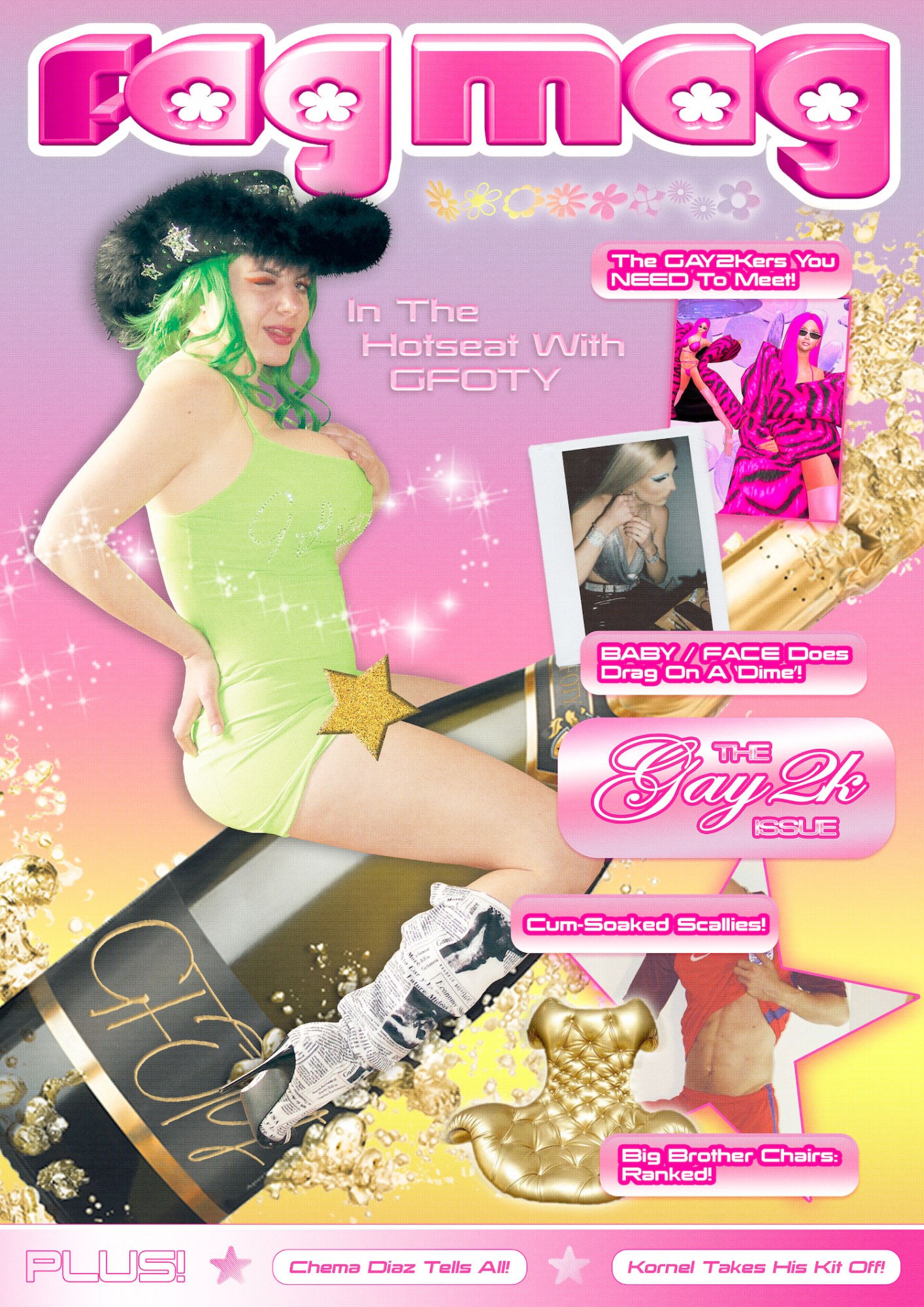
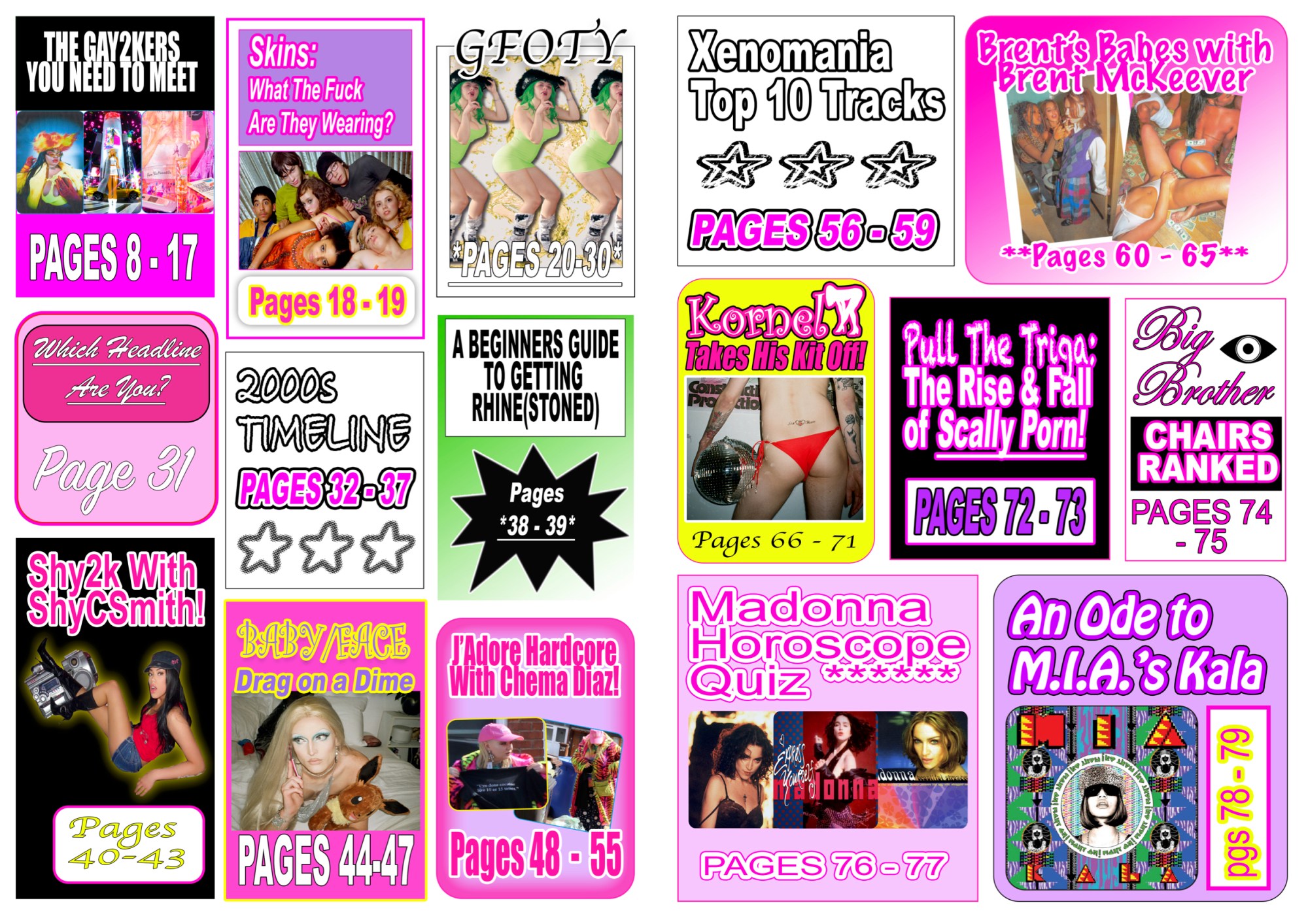

Bailey Slater, Fashion Journalism
How would you introduce your final project?
Fag Mag is an explosion of feel-good, faggy noughtieness that (hopefully) will make you happy AND horny! Basically, the exact kind of zine or mag I’d loved to have read in my early teens, if I were able to string together a sentence longer than “Loves it” or “Stan Lana Del Rey”.
What were the central themes you wanted to explore?
It was definitely a 50-50 toss-up between sexuality and nostalgia. It’s been a really shit year for young people, and you knobhead anti-maskers haven’t helped one bit. So many people have been robbed of those integral experiences that make up your coming of age, be it a big gay night out, getting twisted to your favourite DJs at a fezzie, even endeavouring in a (legal) cheeky nosh-off in an alleyway somewhere. I kind of wanted to capture all that chaos and tell it through a Hun™ P.O.V. and really champion the beauty of the 2000s.
What were your plans for the future pre-pandemic? And have they changed since?
To join Lady Gaga on the moon for that 2015 gig that still hasn’t happened – not sure if it’s on the green list though. Aside from that, probably sorting out Fag Mag 2 after I recover from the blowout that’ll be the first month of the clubs reopening, and definitely more writing!
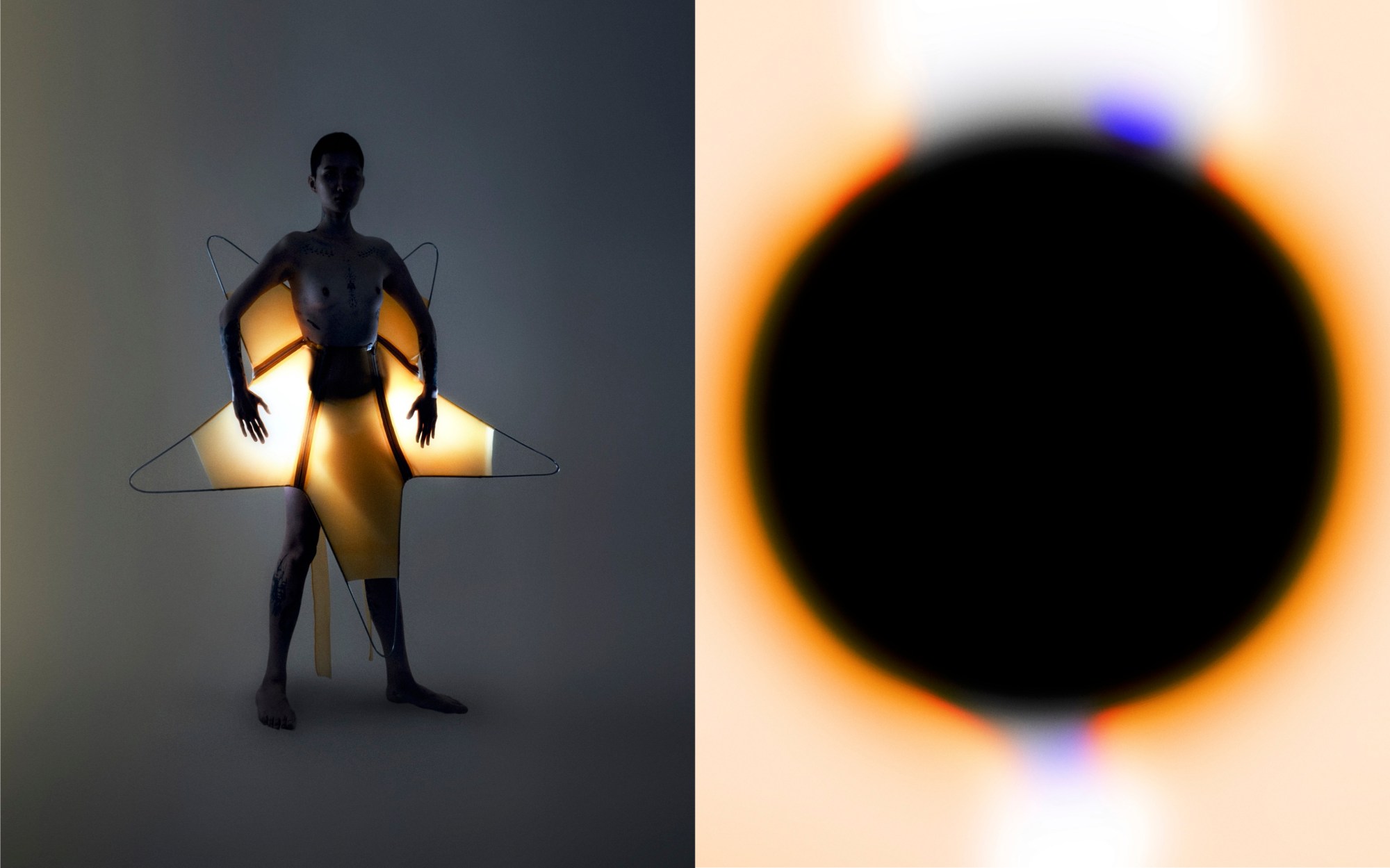
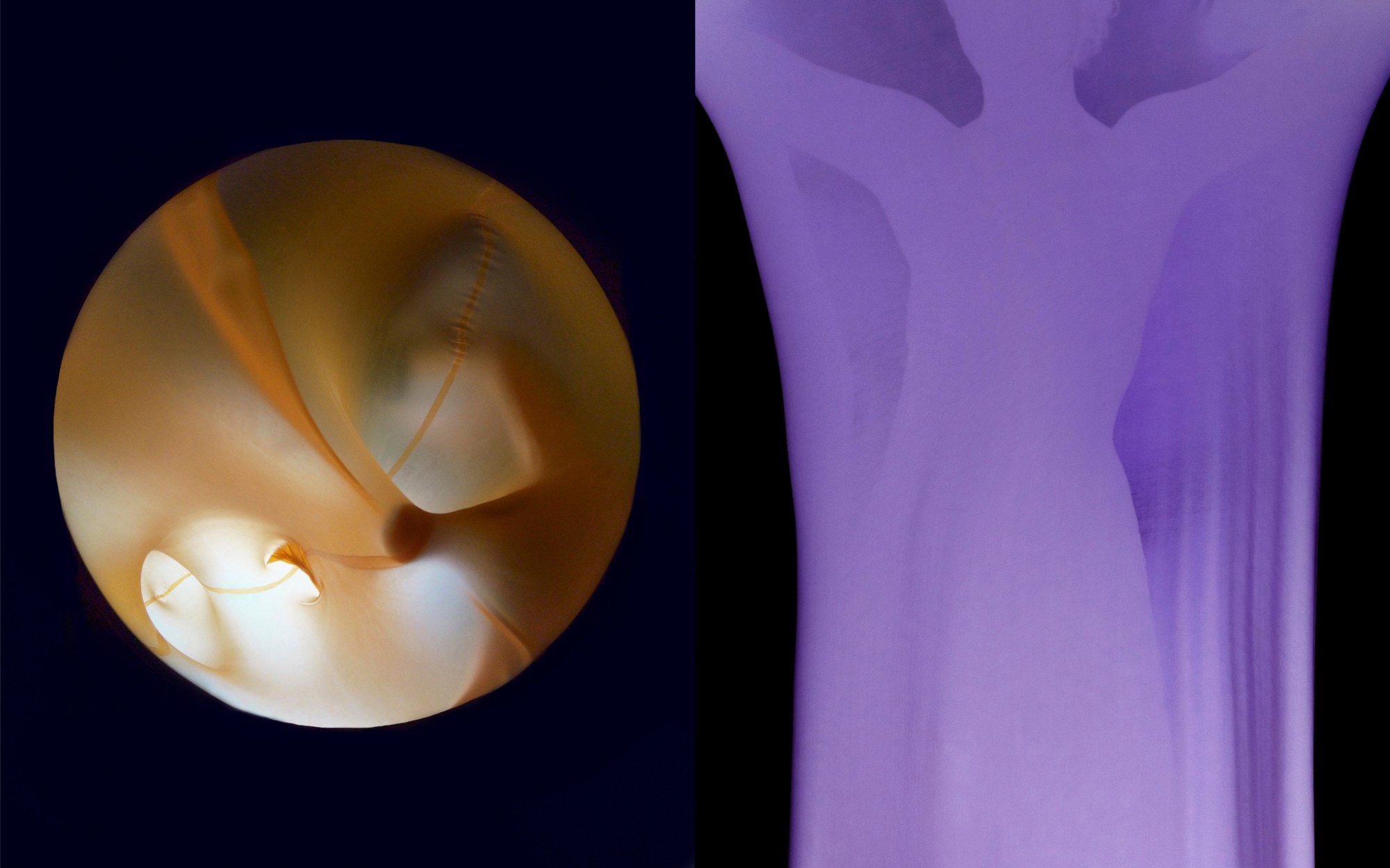

Mika Kailes, Fashion Communication and Promotion
How would you introduce your final project?
Visceral Bodies is self-produced, styled and photographed, and unpicks the layers of the human form through a dialogue between the body and fashion; how garments become an extension of the body and can transform it. Collaboration is key to the project, and I seek to create a platform for emerging designers who experiment with unconventional techniques and materials.
What were the central themes you wanted to explore?
I’m exploring seemingly linear processes or stages — cell, birth, cocoon, aura, formation, final form, post-human and trans-human. Juxtaposing natural and artificial elements, the project creates an interplay between organic and seemingly unnatural forms and explores how they can coexist. The work aims to capture the in-between, something that is composed yet feels raw.
What were the most unexpected challenges and positive outcomes you experienced while creating your final project?
The challenge I gave myself was to aim to produce a piece of work that wouldn’t seem like it had been created during a pandemic. In a way escaping the reality we’ve been living in became part of the process. The uncertainty of the ongoing pandemic made producing the work quite challenging, but I like to think that the trial and error this entailed brought an element of the unexpected to the work.
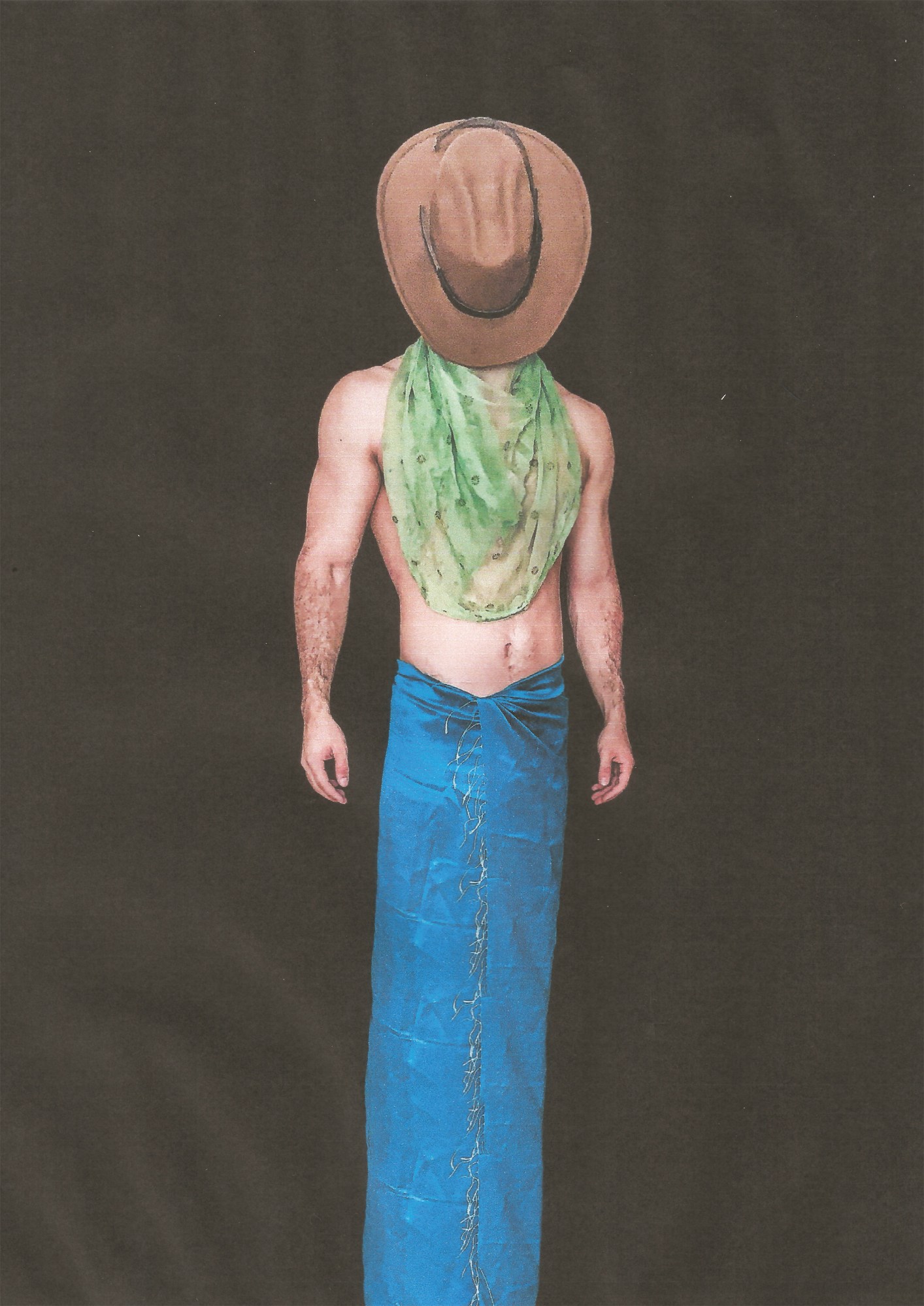
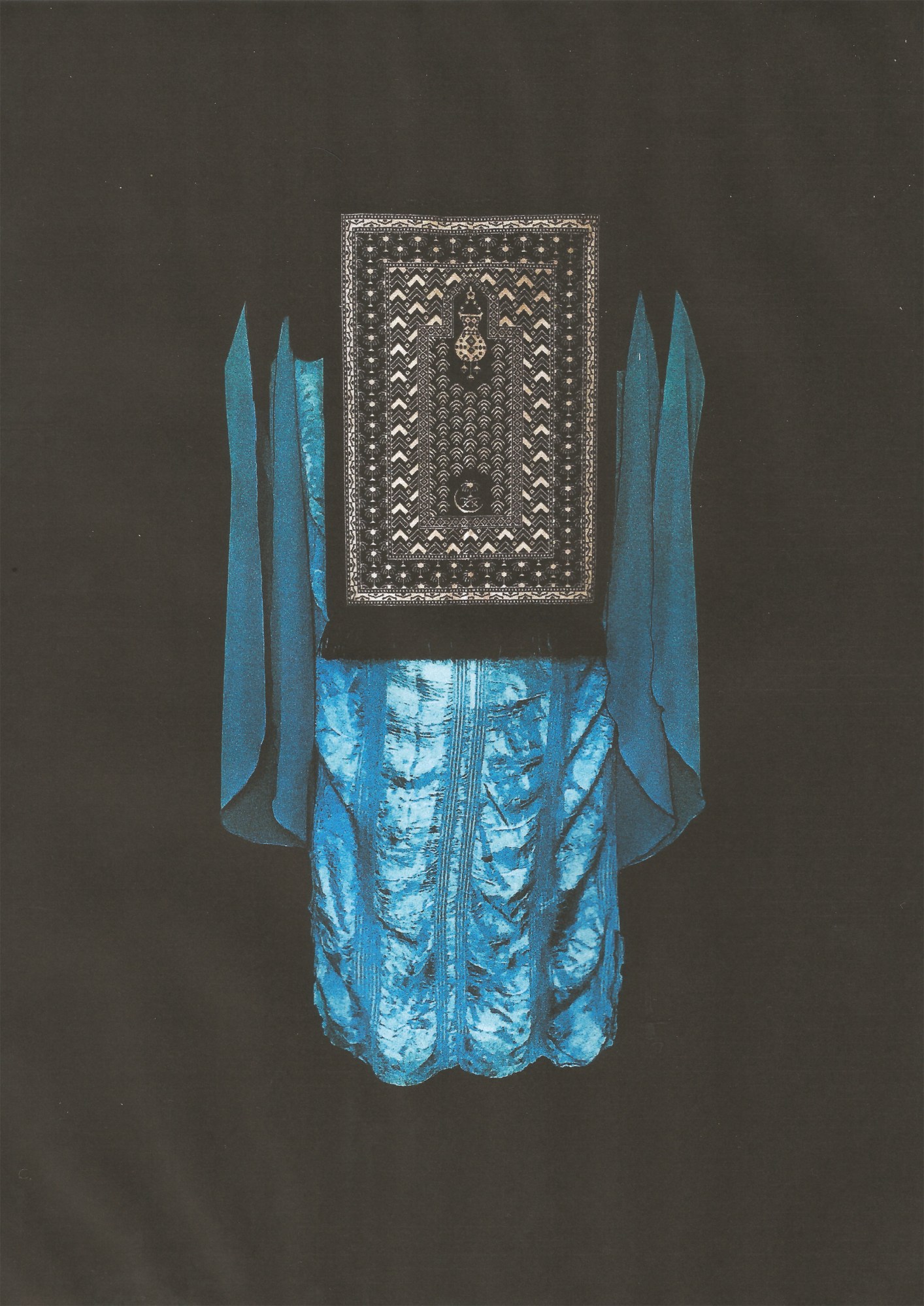
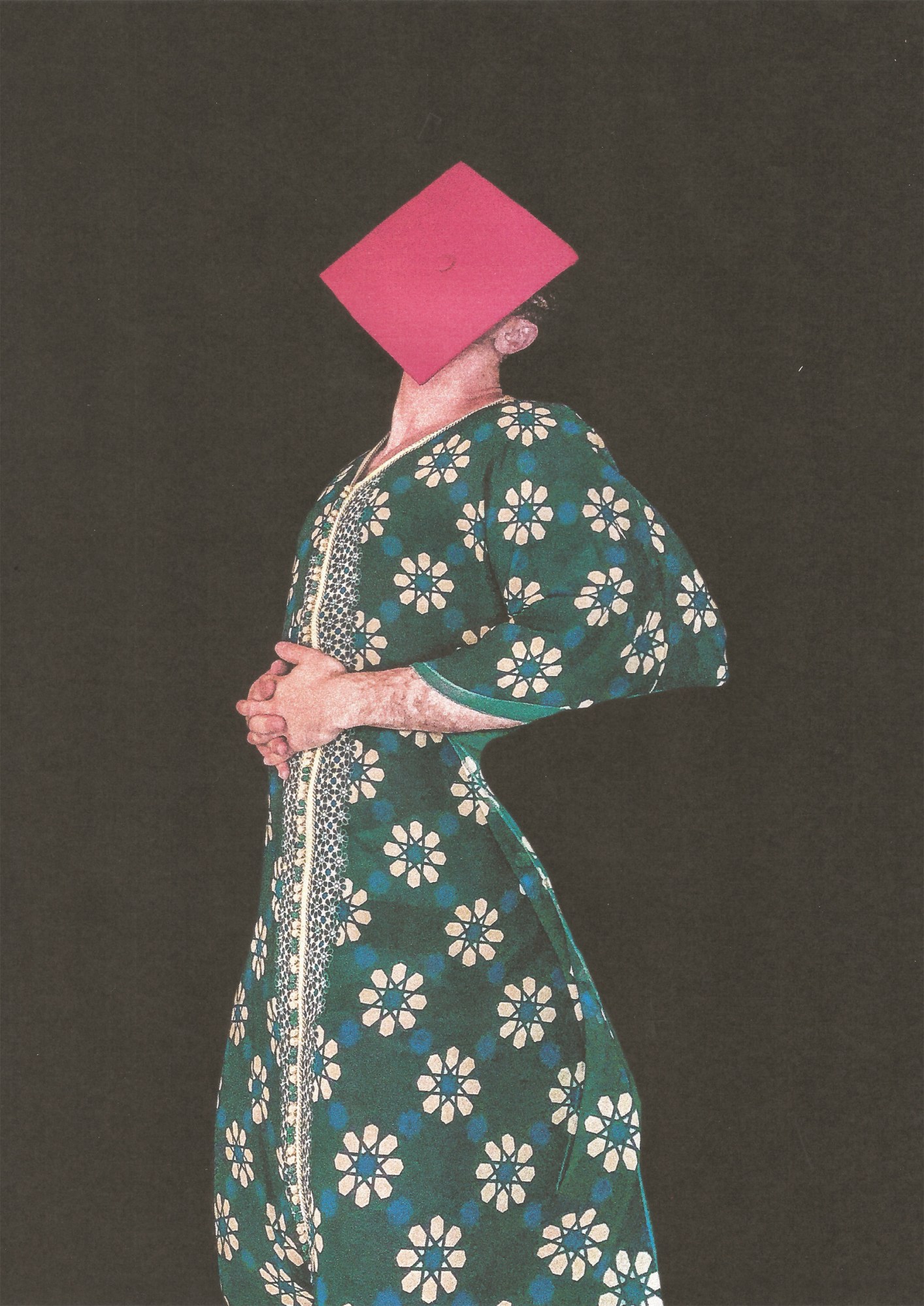
Omar El Assir, Fashion Communication and Promotion
How would you introduce your final project?
A collection of self-portraiture, family archive images and reportage, exploring my relationship with manhood in the Arab world. I also try to investigate the grey area that exists between growing up in a continuous state of turmoil and the conscious detachment from it in day-to-day life.
What were the central themes you wanted to explore?
One of the main highways in Cairo is surrounded by thousands of slum dwellings, often unfinished brick buildings without windows and decent infrastructure. Their balconies, however, painted in matte pastel hues overlaid with sandy beige tones, evoke a parallel between the state of the region and the mindset of its people. To me, these colours are a metaphor for the masking of harsh realities with the creation of beautiful customs.
You’re graduating at a time when conversations around race, gender, sexuality, class and wider issues of identity have never been more prominent in fashion. How do you position your work with respect to these conversations?
One of the things that was constantly reiterated to us in our first year at CSM was that fashion is always political. There are always political and social considerations in constructing a fashion image, from the storytelling to the casting, the production to the making. My work exists as an investigation of these boundaries within the region that I grew up in, subverting the conditions of heterosexual Arab masculinities and the premises in which they exist.
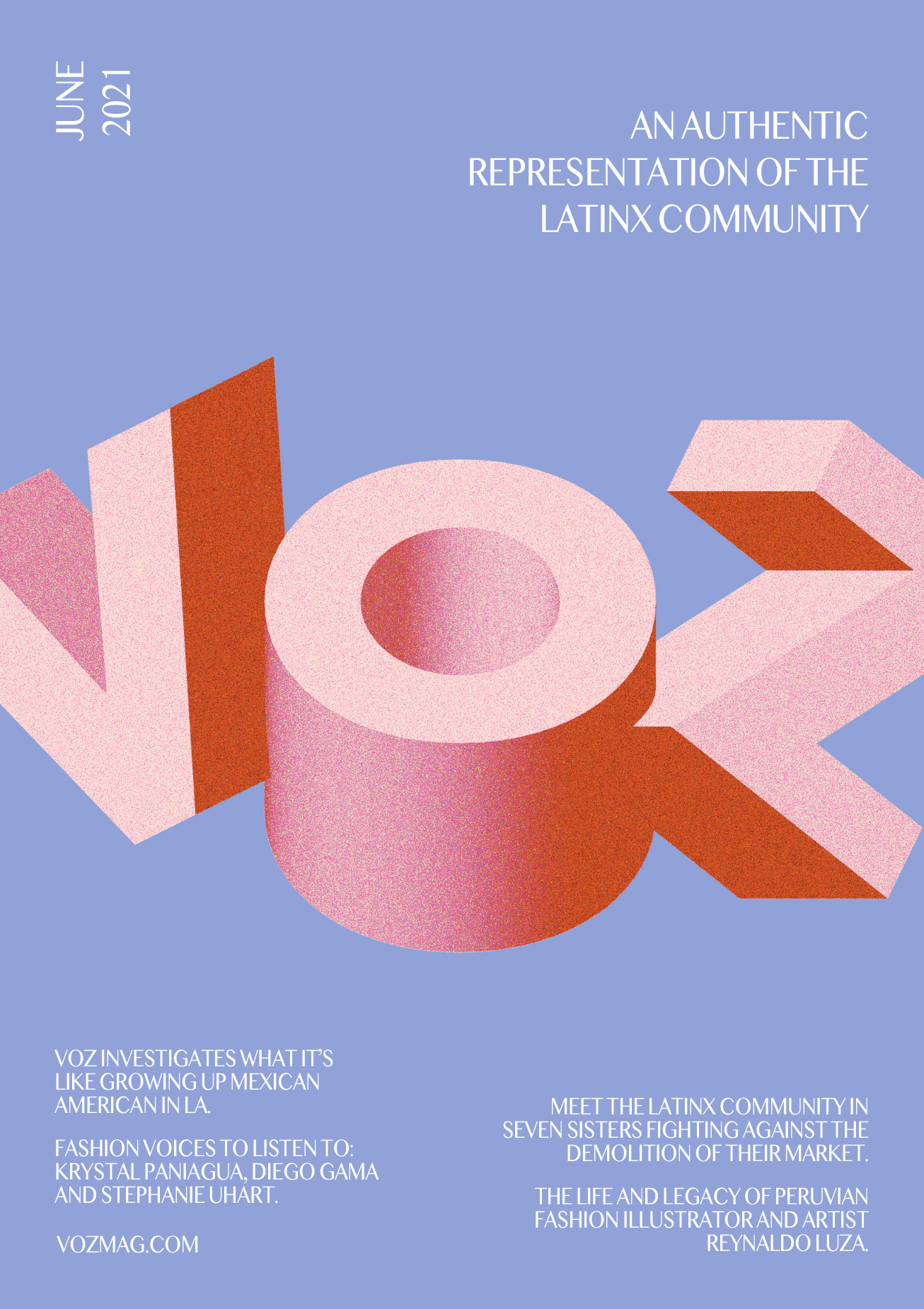
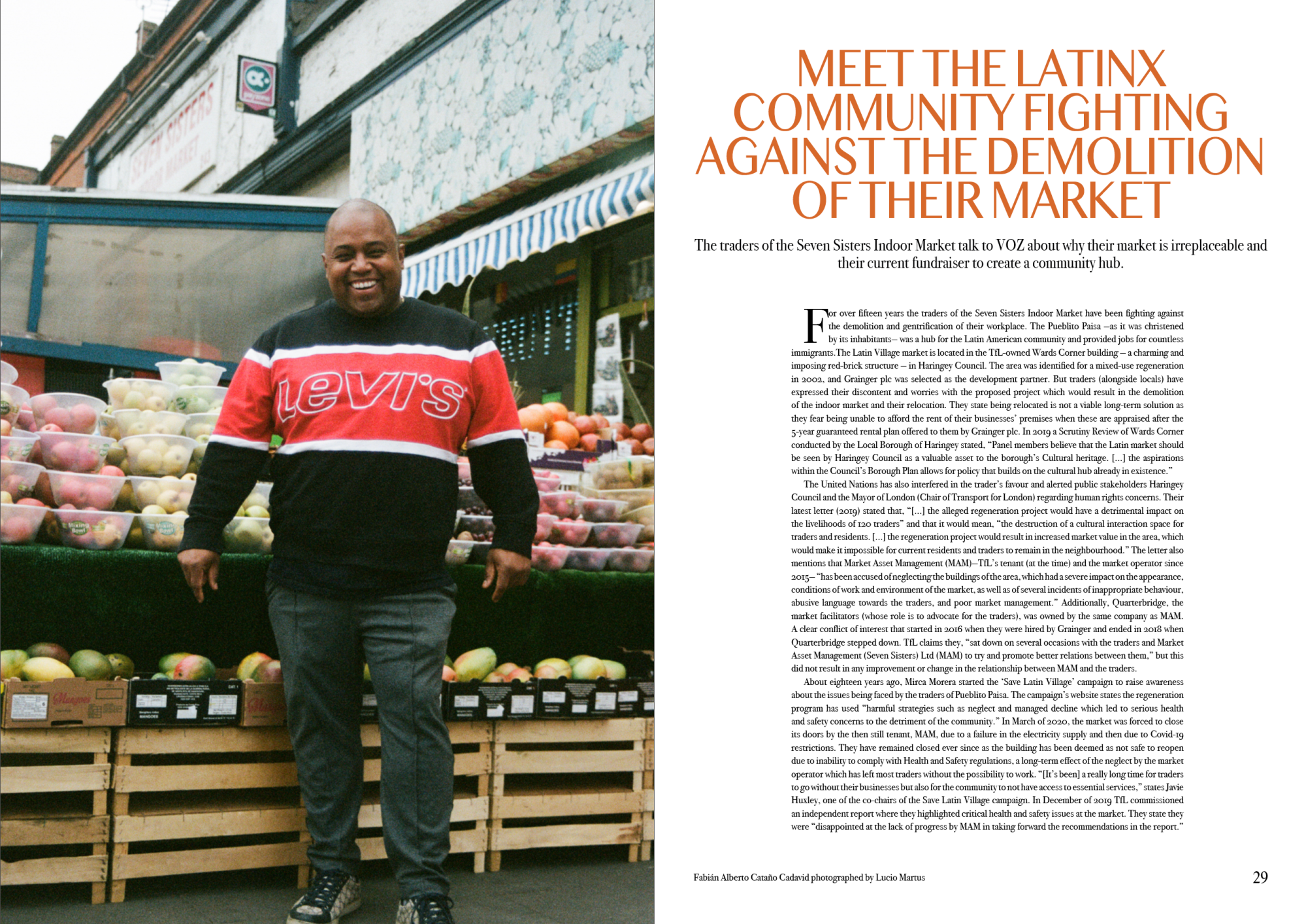
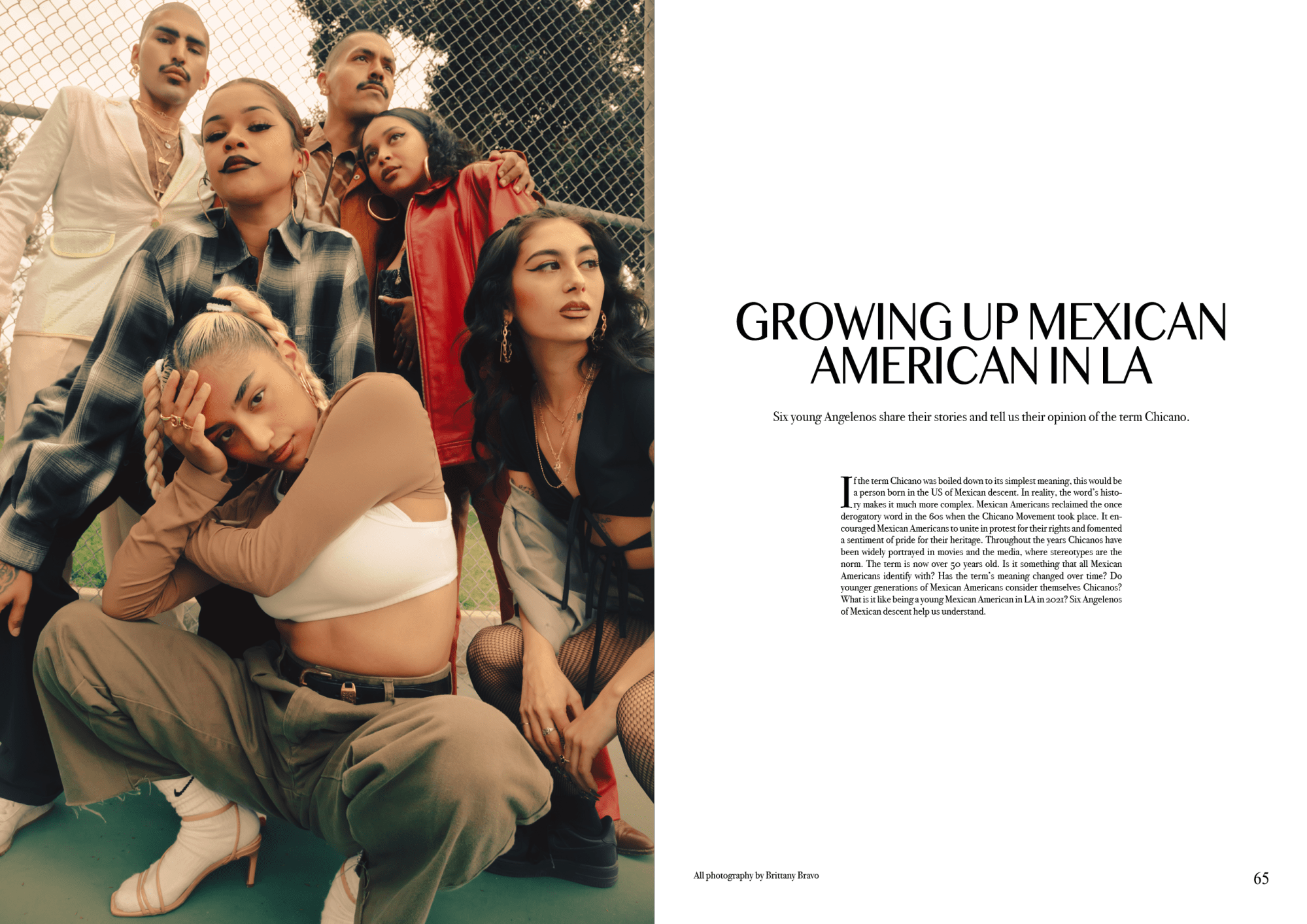
Valeria Ghersi Valdivia, Fashion Journalism
How would you introduce your final project?
VOZ [voice in Spanish] is a publication that highlights and celebrates Latinx talent and stories, without ignoring the issues faced by the Latinx communities. VOZ is by and about Latinxs, those who stayed in their country, those who have travelled far from it, and those who are part of its diaspora.
What were the most unexpected challenges and positive outcomes you experienced while creating your final project?
I did not want VOZ to become a platform that pretended all Latinxs are the same. This was my biggest challenge. We are a diverse group but are often reduced to stereotypes. Even the word ‘Latino’ can aid in the erasure of certain Latinx communities. But once we acknowledge this, there is strength in our unity. One of the many positive outcomes was meeting all the amazing people who helped me make VOZ what it is.
You’re graduating at a time when conversations around race, gender, sexuality, class and wider issues of identity have never been more prominent in fashion. How do you position your work with respect to these conversations?
It was important for me to show the huge diversity among Latinxs authentically which includes different races, genders, sexualities, and classes. That’s why it was crucial to cover stories like Milka Franco’s — a woman from a Shipibo Indigenous community in Peru painting murals throughout Lima to share their art — and to discuss the effects of the Latino stereotypes on the Afro-Latino community with Josue Perea, from the Afrolatin@ Forum, in our podcast in collaboration with Ginga Magazine. There are still countless voices yet to be heard in VOZ, but I believe this first issue is a testament to the multifaceted nature of Latinxs.

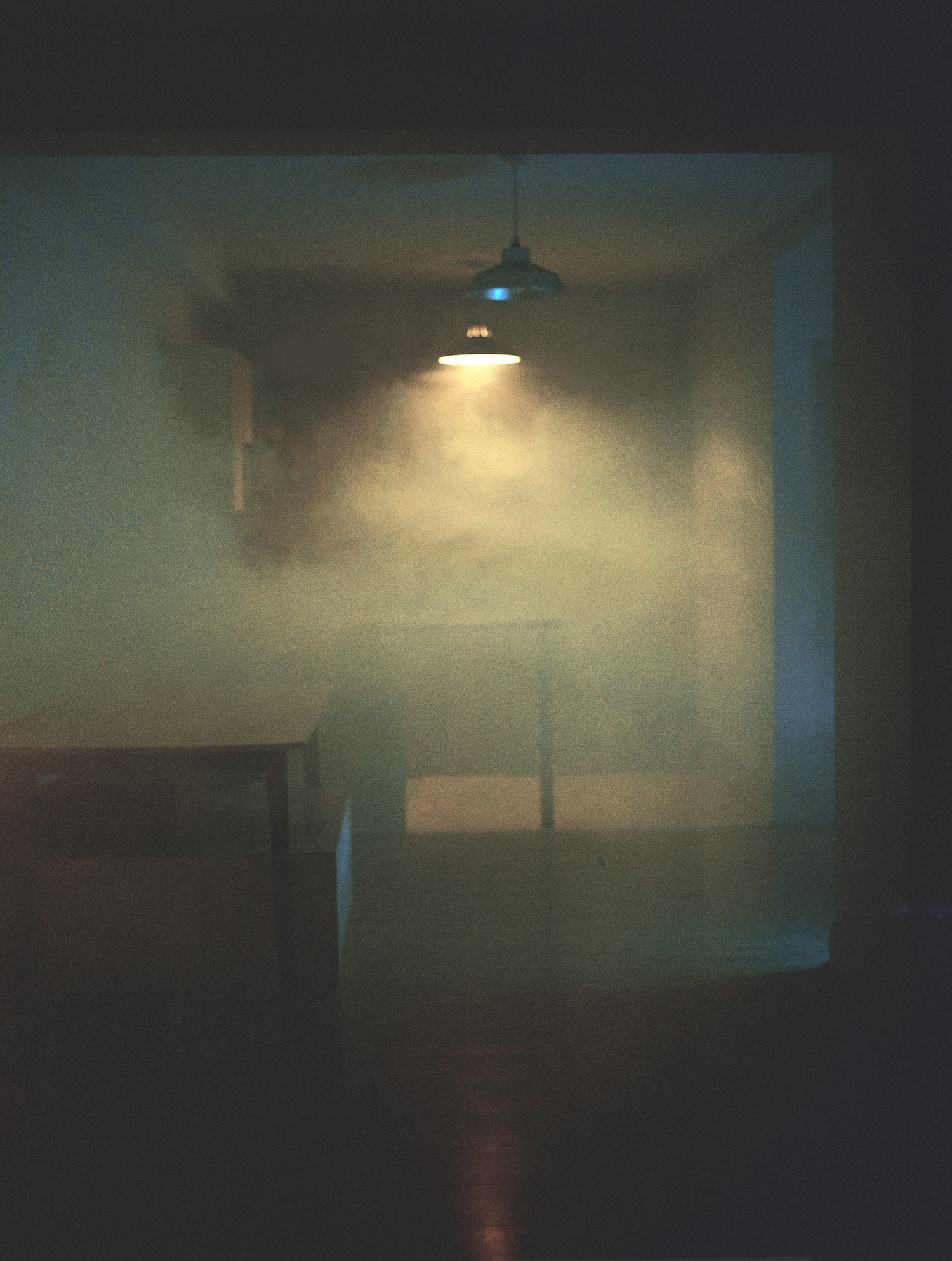

Zara Manzoor, Fashion Communication & Promotion
How would you introduce your final project?
A visual exploration of ideas around displacement and ‘otherness’; a series delving into the strangeness of navigating a hybrid identity. The title of the project, Barzakh, originates from a Persian and Arabic word meaning “limbo”, “barrier” and “partition”, and also refers to a liminal space in Islamic theology — one that separates the worlds of the corporeal and ethereal, as well as being a phase that happens between death and resurrection.
What were the central themes you wanted to explore?
I wanted to explore the emotional complexities that arise as a result of existing within culturally liminal spaces, and displacement. Navigating the construction and constant transformation of one’s own identity, especially when the intersection of various social markers come into play, is a process that goes hand in hand with a lot of emotional turbulence and feelings of alienation. While working on my dissertation, much of the language in the texts I was reading was evocative of gothic horror literature and film. I drew inspiration from that, as well as Islamic mythology, where notions of ‘unseen worlds’ that are beyond human understanding or visibility and beings such as djinn exist. Djinn live out their lives in the same world as humans, yet operate on a separate plane of existence — I wanted to conflate this aspect of mythology with the experience of being ‘other’ in a social sense, where it can seem your experiences are parallel to, and yet invisible from, the ‘mainstream’.
You’re graduating at a time when conversations around race, gender, sexuality, class and wider issues of identity have never been more prominent in fashion. How do you position your work with respect to these conversations?
While I’m not addressing it explicitly, my work is very much informed by my identity and the perspectives I’ve built up as a result of it. I think it’s important to offer up new, alternative narratives that can help shape wider perceptions of our realities; narratives that are informed by experiences around race, class, sexuality, gender and the like. At the same time, I also feel there are parts of identity and minority experience — especially ones that are more traumatic — that are often commodified and extorted for capital, or that paint the experiences of a community and identity as monolithic, which just isn’t true. Also, I don’t particularly want to be boxed in by any one part of my identity, or feel that I can only create work around certain subjects that tie into a reactionary, ‘trendy’ identity discourse.
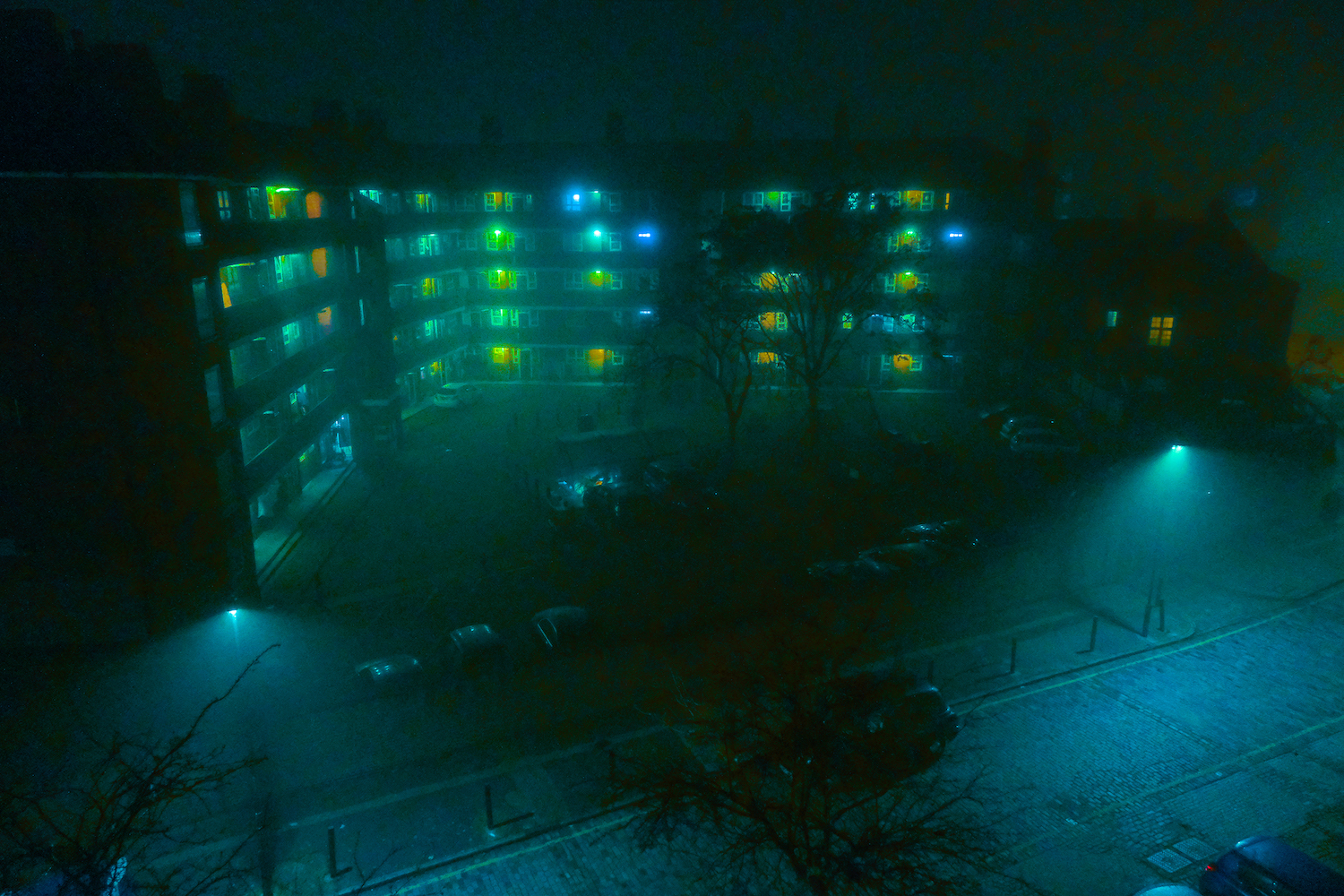
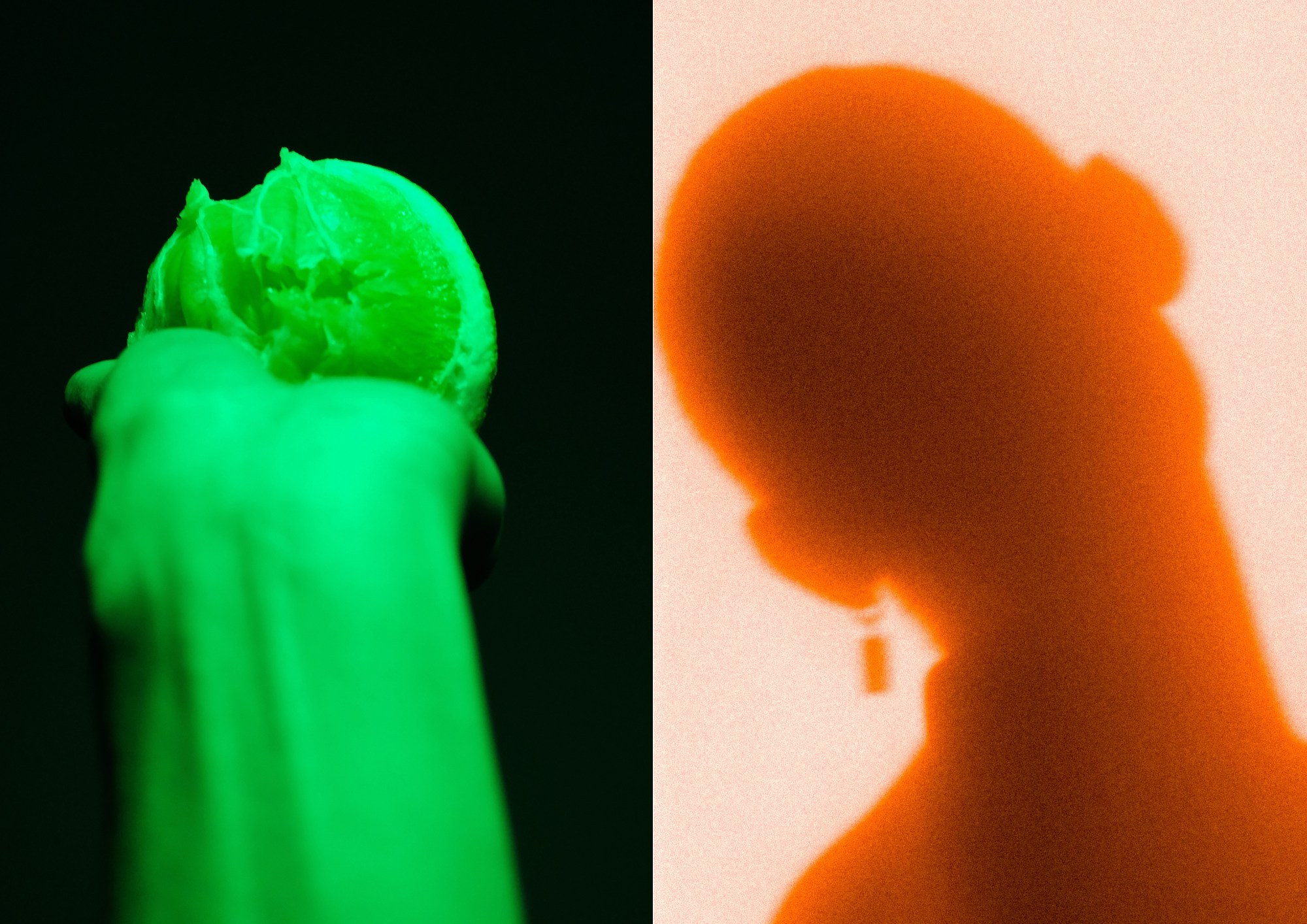
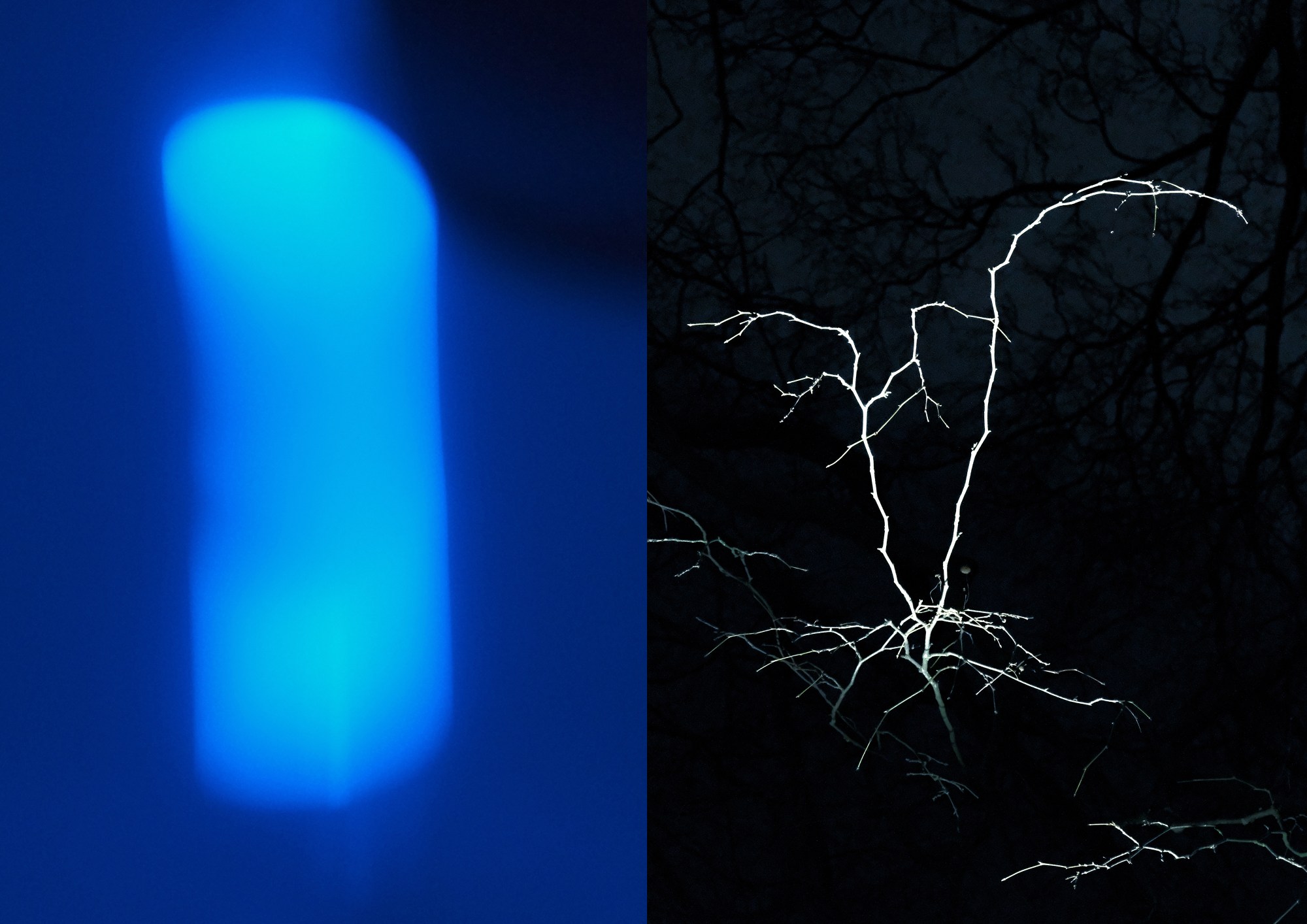
Zhuo Chen, Fashion Communication & Promotion
How would you introduce your final project?
My final project comprises 25 prints of things like a light, a lip, a goldfish in water, or the fine dust on the frame of my friend’s glasses. I like to record and enlarge these subtle, fascinating moments. Here, I chose to use screen printing to present these moments that I experienced and connected with. I tried to visually manifest what I saw and how I felt, and I feel that capturing these natural objects in a format that can be physically touched is more and more critical in our increasingly digital world.
What were the central themes you wanted to explore?
How to make people feel something through my work, no matter what the feeling is. The emotions I want to express are all present in the work itself, but it’s always exciting to study how to communicate them to an audience. More than anything, I hope that my photos can instigate a powerful emotional response in viewers, and create new memories. When different people see the same picture, they look at themselves through the image and reflect on their own personal world.
You’re graduating at a time when conversations around race, gender, sexuality, class, and wider issues of identity have never been more prominent in fashion. How do you position your work with respect to these conversations?
I think that right now is a great time. The world seems to be more open, and I’m really excited that topics about race, gender, and class are being more widely discussed. We need to learn to use our works to create awareness around these issues, and I believe that I do the same. I hope to create pieces with thoughtfulness and respect for the world. That said, I still want to become more brave and confident in expressing my views.
